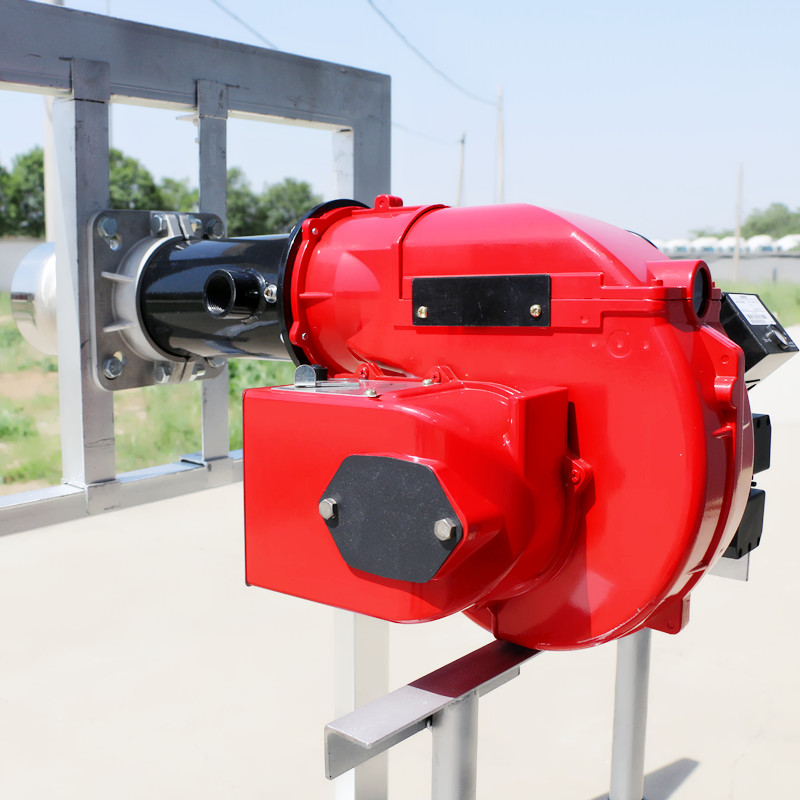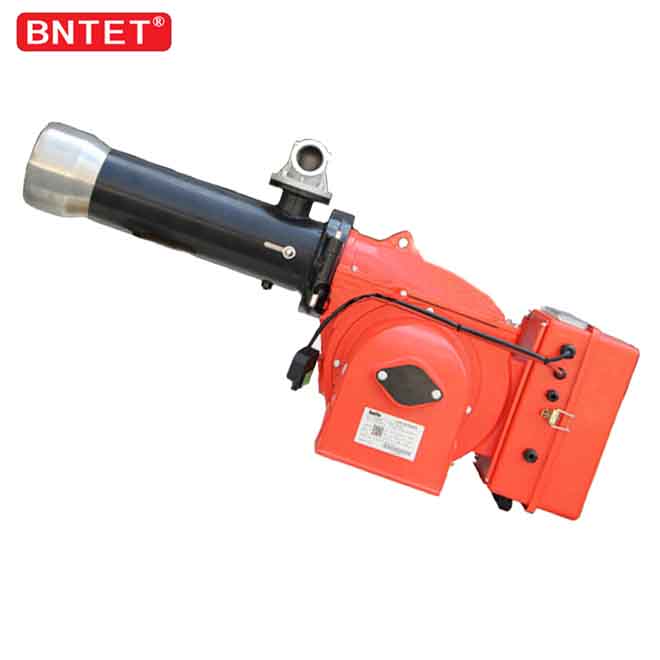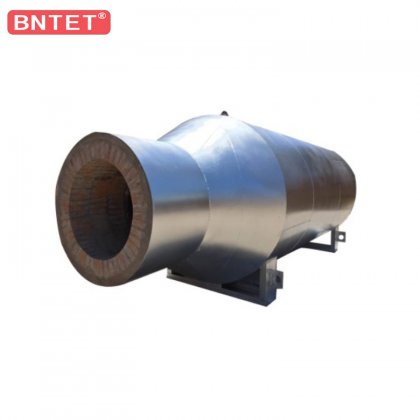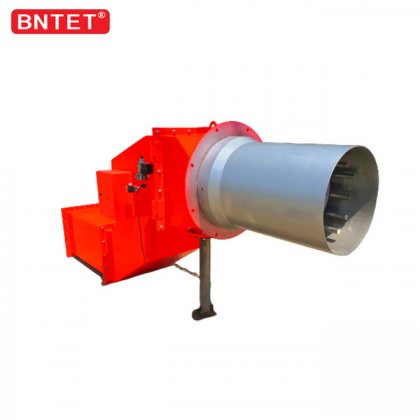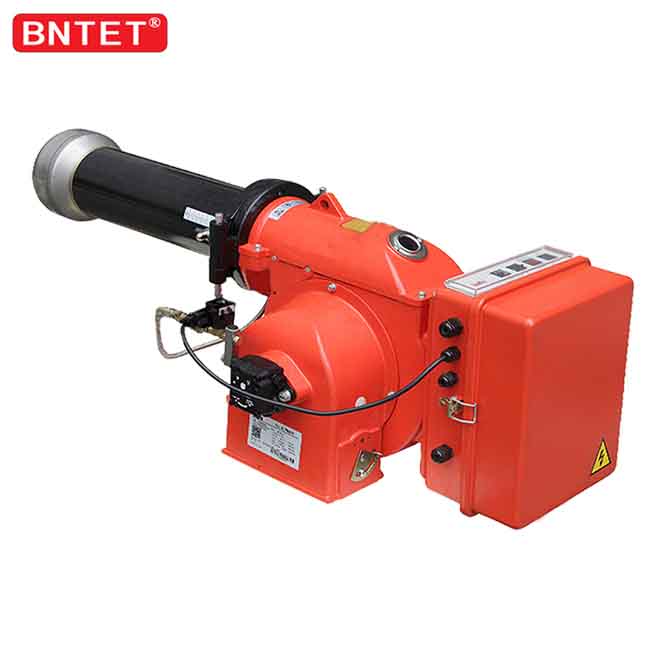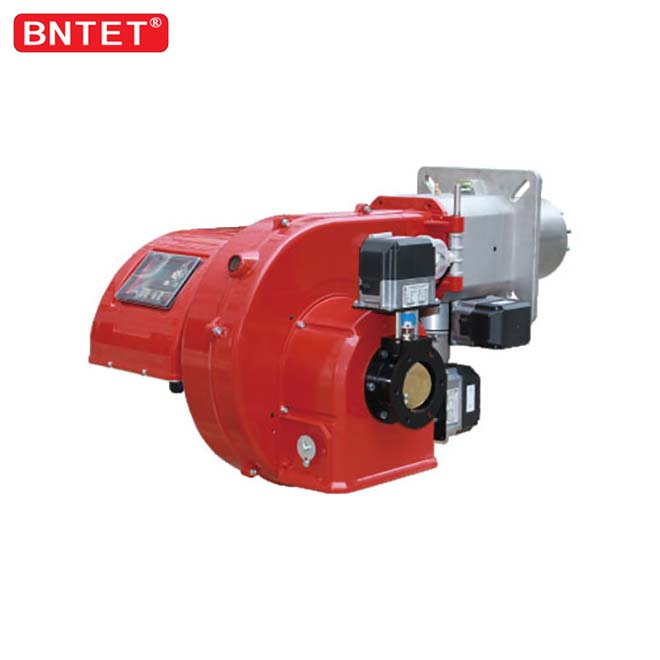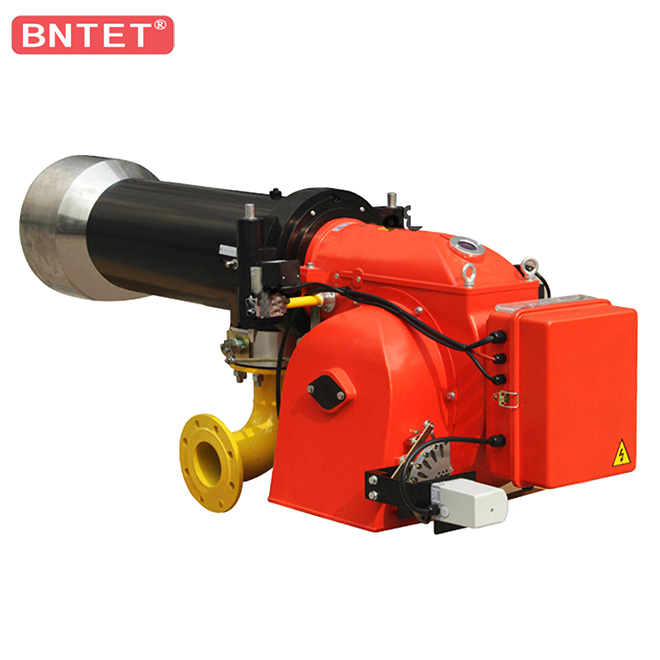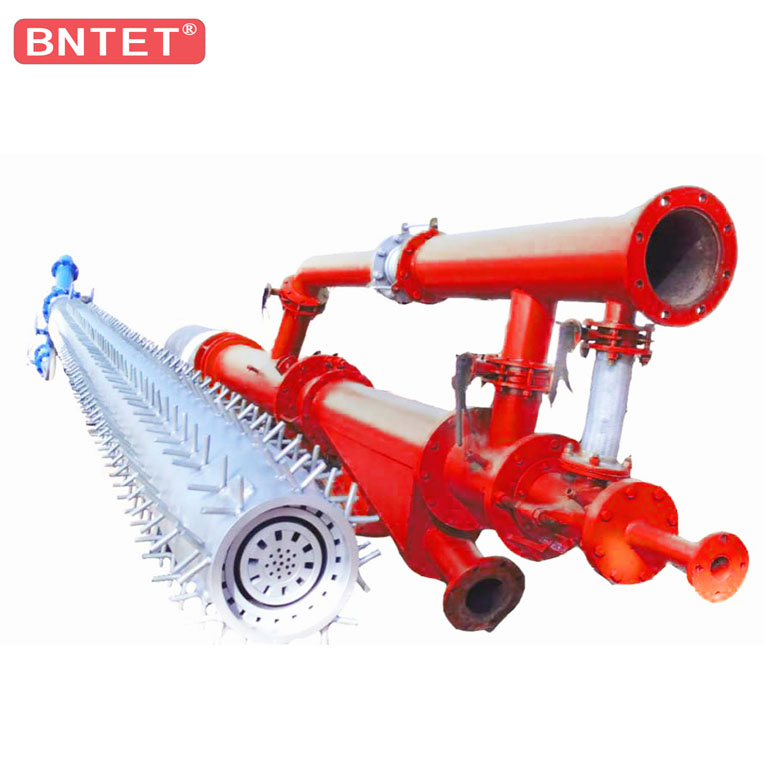Oil is a liquid fuel, and the boiling point of liquid fuel is always lower than its ignition temperature, so the combustion of oil is actually carried out in a gaseous state. When oil is burned, it is not the oil in the liquid state that directly participates in the combustion, but the "gas". Therefore, the combustion of oil droplets includes three processes of transpiration, slack and combustion, and they are carried out together. Combustion has the following characteristics: oil burns in the state of transpiration and gasification, oil has the characteristics of slack combustion, oil needs to be atomized and then burned, oil has different thermal decomposition under different conditions, and there are two types of fuel atomization. One method is pressure-type mechanical atomization, that is, using the effect of high pressure, the fuel passes through the swirling device to a high rotation speed, and then further accelerated through the nozzle to break into fine oil droplets, reaching the intention of atomization. The other is mechanical atomization with the participation of the medium. There are two primary methods of simple mechanical atomization and reflux mechanical atomization in the former one. With the participation of the medium, the mechanical atomization includes steam atomization and air atomization.
Large-scale oil-fired boilers are widely used in steam atomization burners. The research and development of domestic steam atomization burners has reached a very high level, with old and stable skills. Flameless combustion means that the combustible mixture is pre-mixed with gas and air according to a certain proportion before the burner burns, and then sprayed from the gas burner for combustion. It is a type of power combustion and can achieve the purpose of environmental protection. How does the burner finish flameless combustion? The characteristics of flameless combustion are: the benefits of flameless combustion ① self-adjusting for combustion ② simple and reliable mixing equipment ③ fast combustion speed, etc., flameless combustion because gas and air are pre-mixed before entering the oil burner. In the combustion process, the mixing time is no longer required, so the total time of the combustion process actually depends on the chemical reaction time; the air coefficient required for the completion of the combustion of the gas is very small, generally 1.05~1.15, or even as low as 1.03~1.05. The degree of exhaustion is very high, and its chemical incomplete combustion is close to zero; the combustion temperature is high, close to the theoretical combustion temperature; the combustion flame is very short, and the flame is not even visible in the fiery combustion tunnel setting, so it is called flameless combustion. The radiation ability of its torch is poor.
